Nature loves surprises, and sometimes, the most dangerous creatures aren’t hiding in the depths of the jungle or under the sea—they’re much closer to home. From quiet gardens to calm riverbanks, venomous animals can lurk in places that seem completely harmless. These masters of stealth blend in so well that you might not even notice them until it’s too late. Here are 15 venomous creatures waiting in places where you’d least expect to find them.
1. Cone Snail
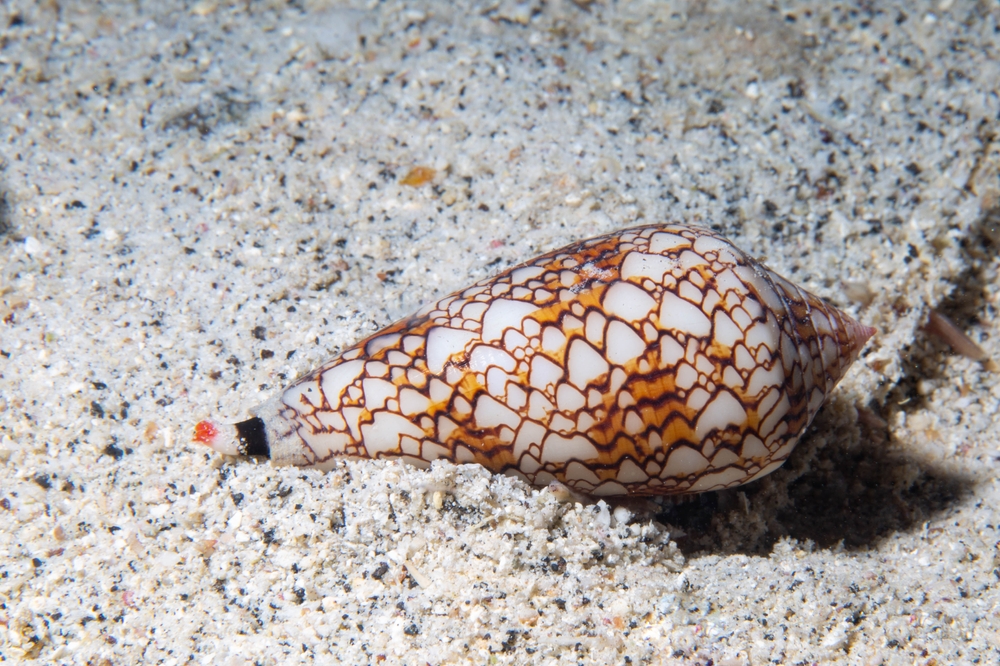
Cone snails are tiny, beautifully patterned sea creatures often mistaken for harmless shells. Found in shallow tropical waters, they hide in sandy seabeds or coral reefs, blending effortlessly with their surroundings. But their venomous harpoon-like tooth can deliver a sting capable of causing paralysis or even death. Divers and beachgoers who casually pick up shells are often unaware of the danger they hold in their hands, proving that danger doesn’t always look obvious.
2. Inland Taipan
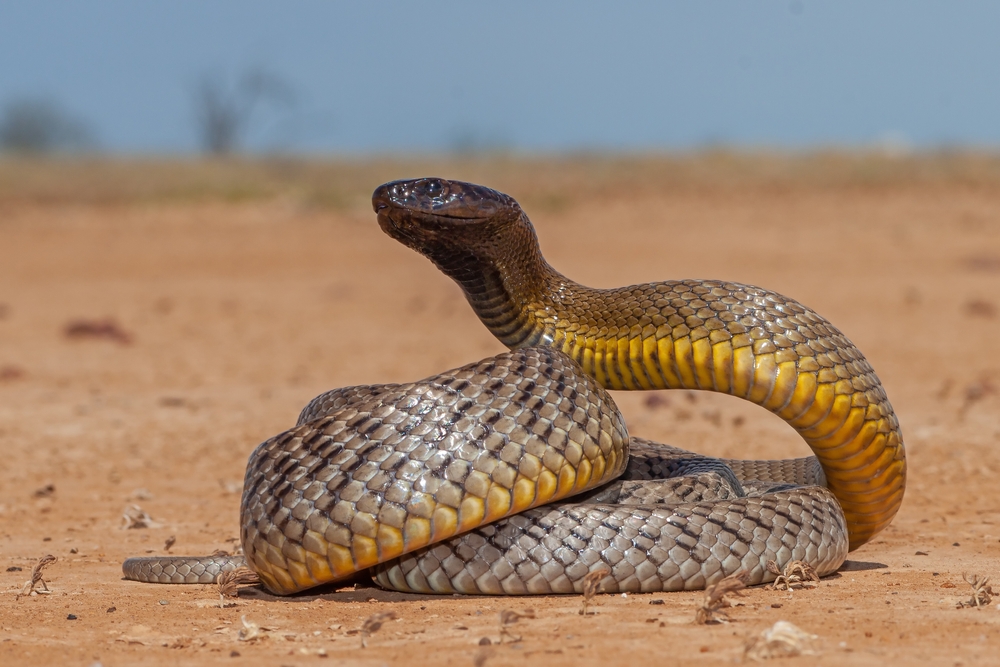
The inland taipan, also known as the “fierce snake,” is the most venomous snake in the world. Found in the arid outback of Australia, it’s surprisingly reclusive and non-aggressive. This snake often hides in burrows or cracks in dry landscapes, where it’s easily overlooked. Its venom is potent enough to kill dozens of humans in a single bite, but its secretive nature means many people might not even realize they’re near such a deadly creature.
3. Blue-Ringed Octopus
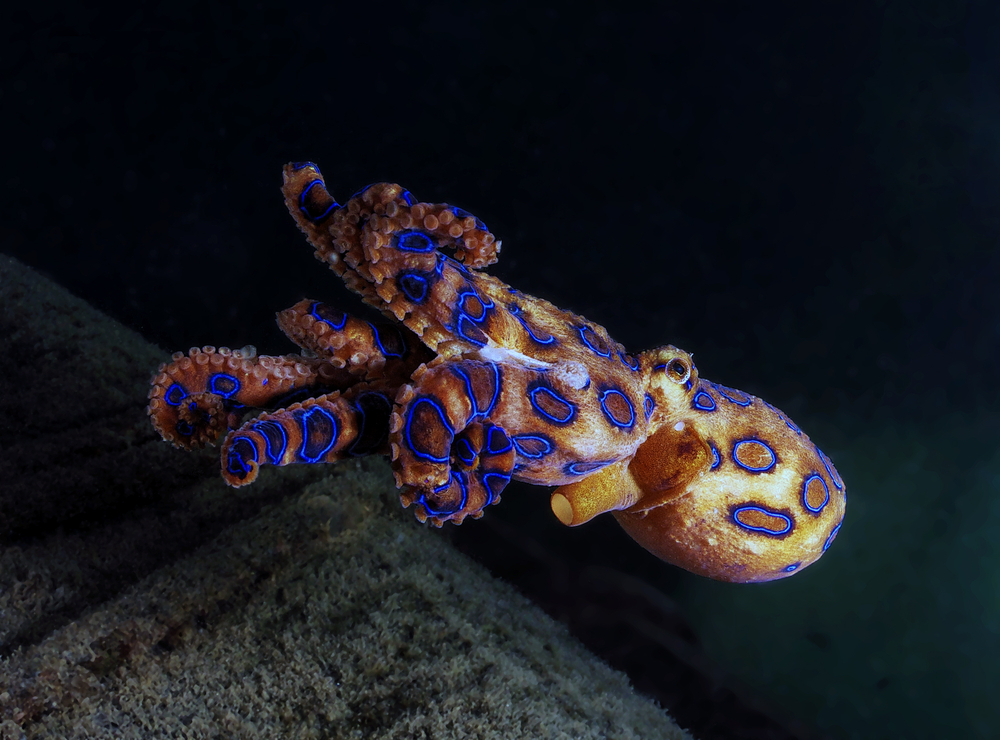
The blue-ringed octopus, with its mesmerizing patterns, hides in plain sight along rocky shorelines and tidal pools in the Pacific and Indian Oceans. This tiny creature, no bigger than a golf ball, is among the most venomous animals on Earth. Its bite is painless, but the venom can cause paralysis and death. People exploring shallow waters often accidentally provoke these octopuses while reaching for rocks or shells, completely unaware of the danger they face.
4. European Adder
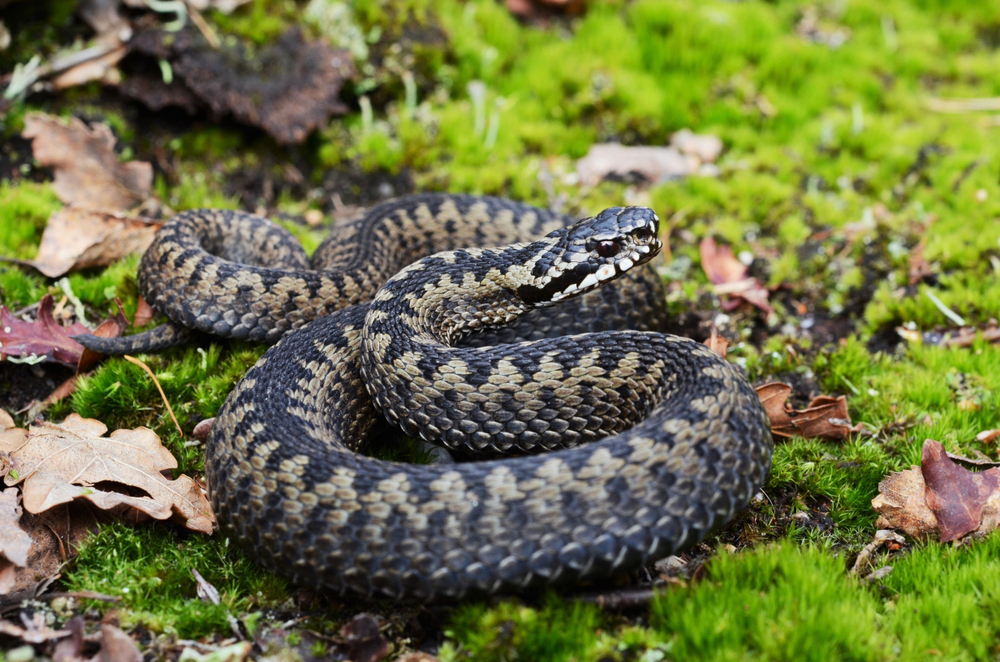
The European adder, a small, venomous snake, is found in grasslands, forests, and even gardens across Europe. Its camouflage allows it to blend seamlessly with fallen leaves and rocks, making it easy to overlook. While its bite is rarely fatal, it can cause severe pain and swelling. Hikers and gardeners are often caught off guard by this quiet yet dangerous reptile, proving that venomous creatures can thrive even in places we consider tame.
5. Fire Coral
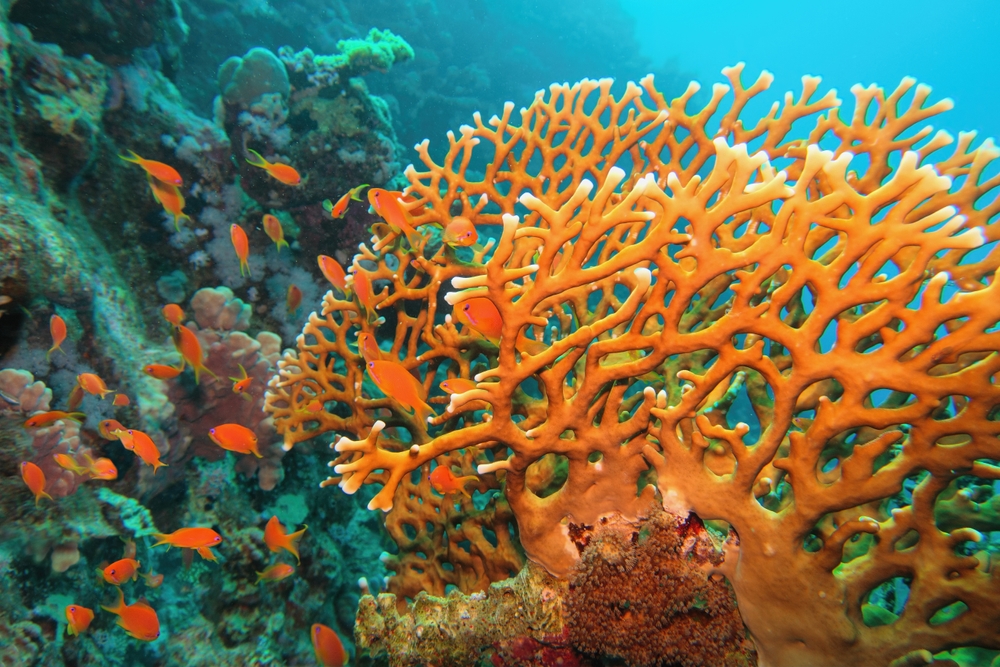
Fire coral may sound exotic, but it’s a common sight for snorkelers and divers in tropical seas. It’s often mistaken for harmless coral or algae, but touching it can result in a painful sting due to its venomous nematocysts. These tiny stinging cells release a burning sensation, leaving divers regretting their casual brush with this vibrant yet deceptively dangerous organism.
6. Brazilian Wandering Spider
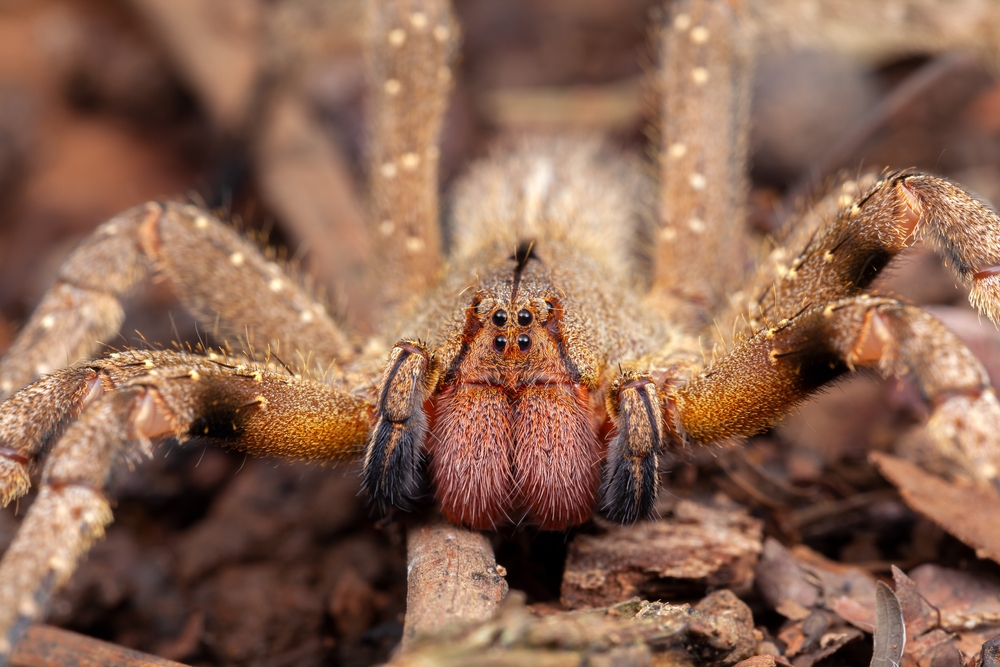
This spider’s name says it all—it wanders. Found in tropical South America, it often hides in unexpected places like shoes, clothing, and banana shipments. Its venom can cause intense pain, paralysis, and even death. Its tendency to seek shelter in human environments makes it one of the most feared spiders, capable of turning a seemingly ordinary moment—like putting on a shoe—into a potential encounter with danger.
7. Stonefish
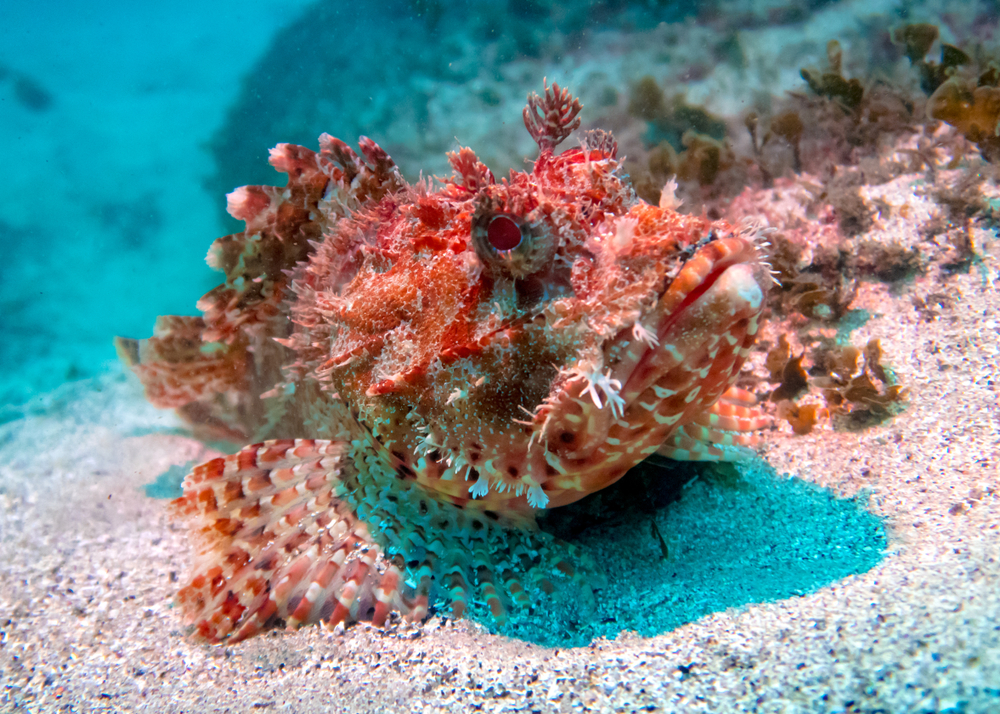
The stonefish, the world’s most venomous fish, is an expert at blending into sandy seabeds and rocky shorelines. Its textured body mimics its surroundings so well that swimmers and waders often step on it unknowingly. When threatened, its dorsal spines inject venom that causes excruciating pain, tissue damage, and even heart failure. Found in tropical waters, the stonefish is a perfect example of danger hiding in plain sight.
8. Puss Caterpillar
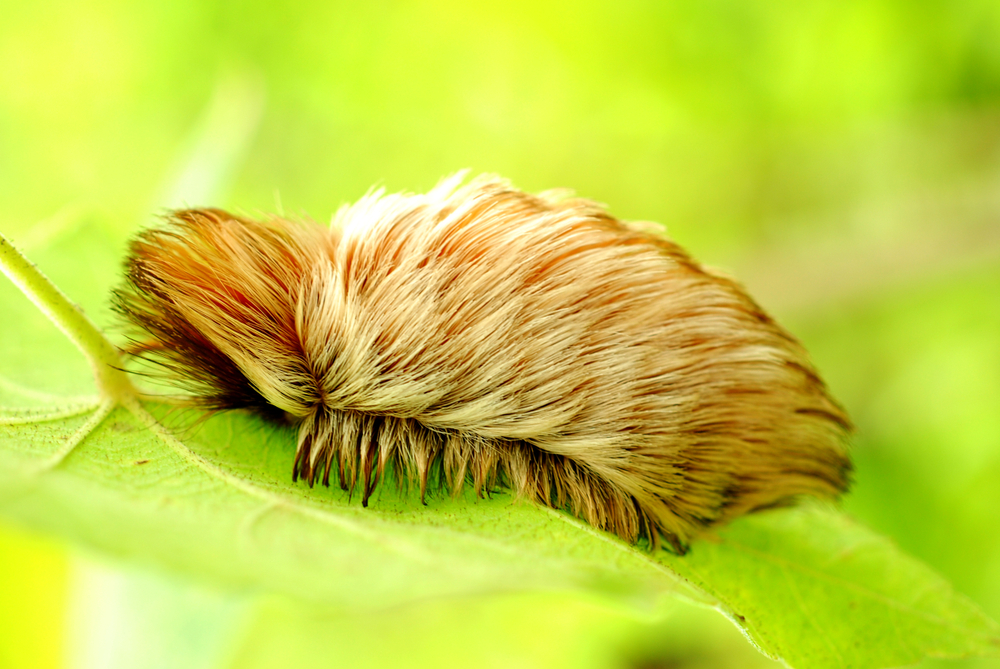
The puss caterpillar may look soft and harmless with its fluffy exterior, but don’t let its cute appearance fool you. Found in the United States, particularly in southern states, this caterpillar’s venomous spines can cause severe pain, swelling, and even nausea. Often found on garden plants, it’s easy for unsuspecting gardeners or children to accidentally brush against it, turning a simple outdoor activity into a painful ordeal.
9. Scorpionfish
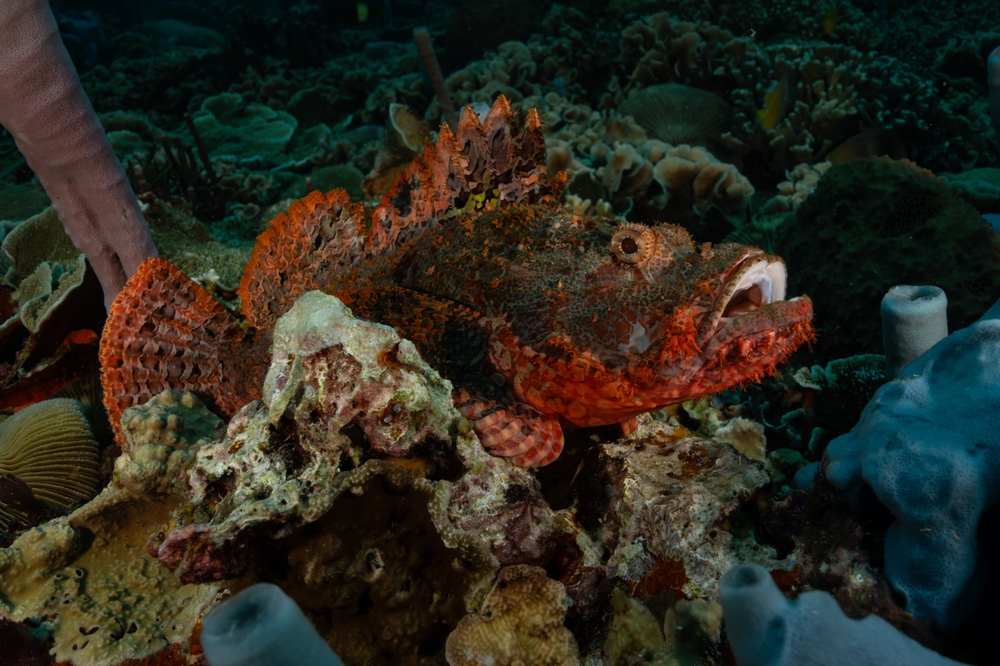
Scorpionfish lurk in shallow waters and coral reefs, using their mottled appearance to camouflage perfectly against the seabed. If stepped on, their sharp spines inject venom that causes intense pain, swelling, and, in severe cases, heart complications. Found in tropical and subtropical waters, they often surprise snorkelers and swimmers who unknowingly venture too close. Their ability to blend in makes them one of the ocean’s most deceptive predators.
10. Indian Red Scorpion
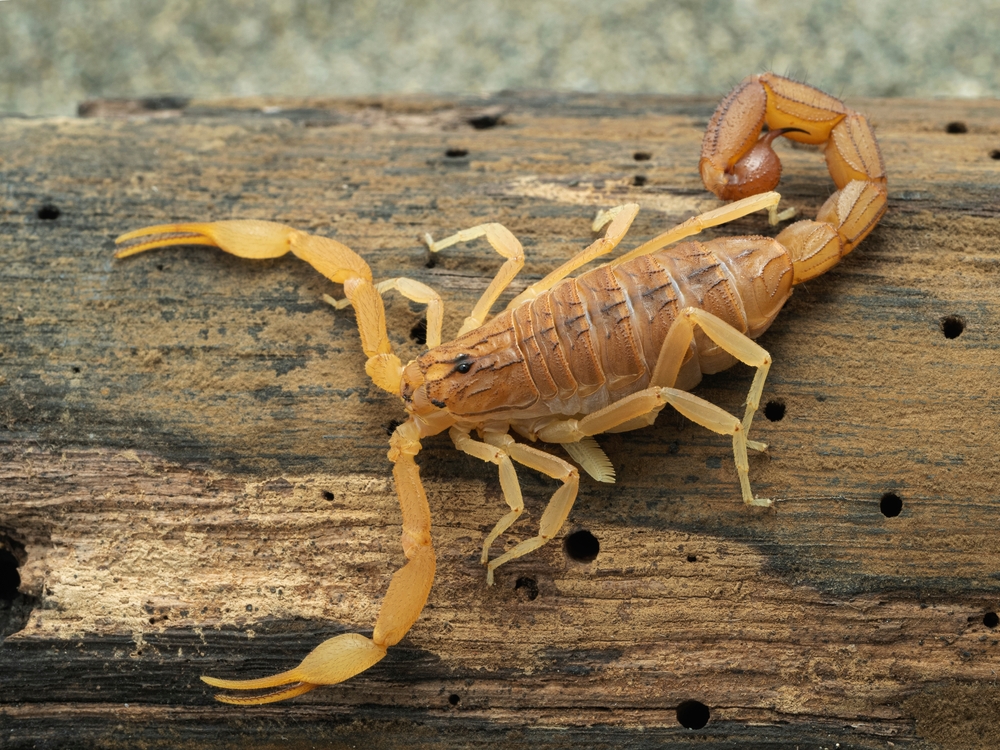
The Indian red scorpion is found in rural areas, hiding in piles of wood, under rocks, or even inside homes. Its venom is one of the most potent among scorpions, causing severe pain, breathing difficulties, and, in extreme cases, death. Its tendency to seek shelter in human dwellings makes it a particularly dangerous surprise for those living in its range.
11. Sea Snake
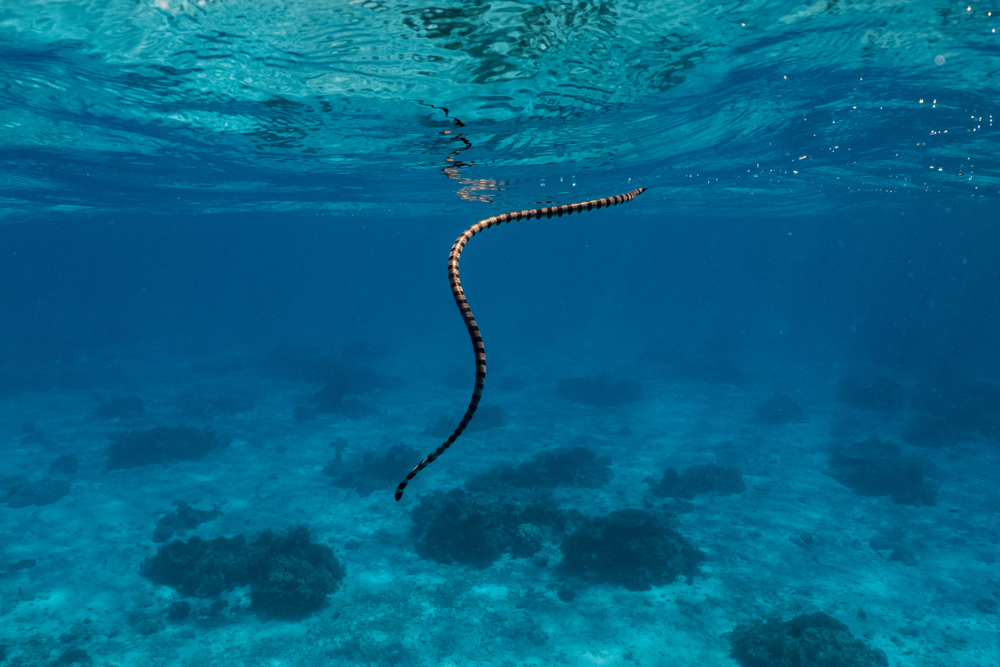
Sea snakes are common in shallow, warm waters of the Indo-Pacific, often appearing near beaches and coral reefs. Despite their venom being far more potent than land snakes, they are generally shy. However, their curiosity sometimes brings them dangerously close to swimmers and divers. Mistaking them for harmless eels or small fish can lead to accidental bites, which inject venom capable of causing muscle paralysis and respiratory failure.
12. Velvet Ant (Cow Killer)
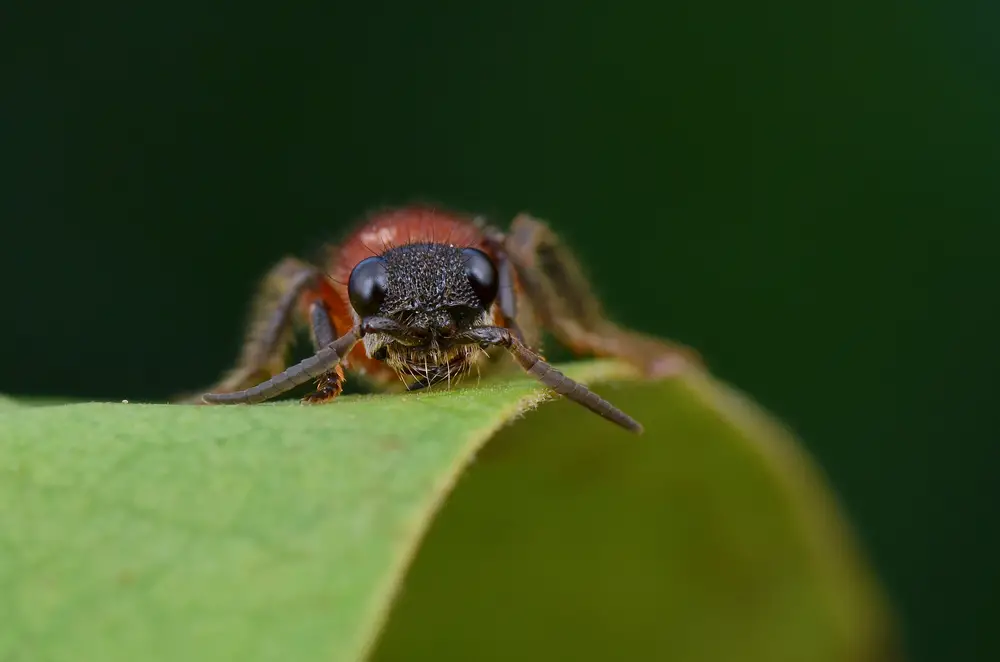
Despite its name, the velvet ant is actually a wingless wasp. Found in sandy regions of North America, it’s often spotted in gardens and fields. Its bright red or orange coloration serves as a warning for its intensely painful sting, which has earned it the nickname “cow killer.” While not typically aggressive, its appearance near human habitats makes it a surprising and unwelcome encounter for anyone wandering barefoot in the grass.
13. Crown-of-Thorns Starfish
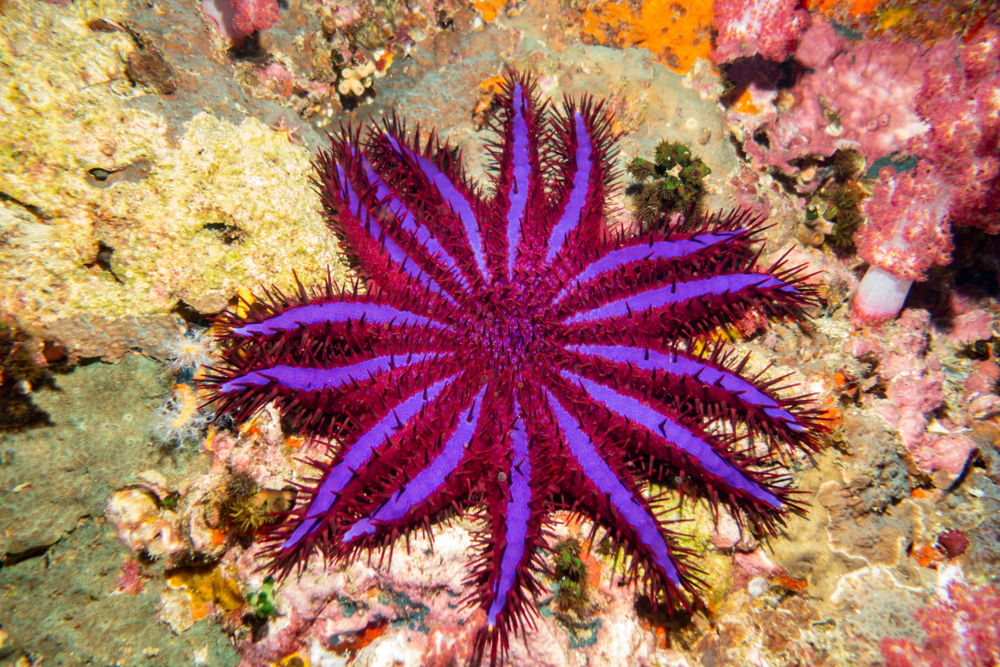
This spiny, venomous starfish is often found clinging to coral reefs in the Indo-Pacific. Its sharp spines deliver a venomous sting that causes intense pain, swelling, and nausea. Divers and snorkelers might mistake it for a harmless piece of coral, only to learn the hard way that it’s one of the ocean’s stealthiest dangers. Its ability to devastate coral ecosystems adds another layer of menace to this deceptive creature.
14. Boomslang
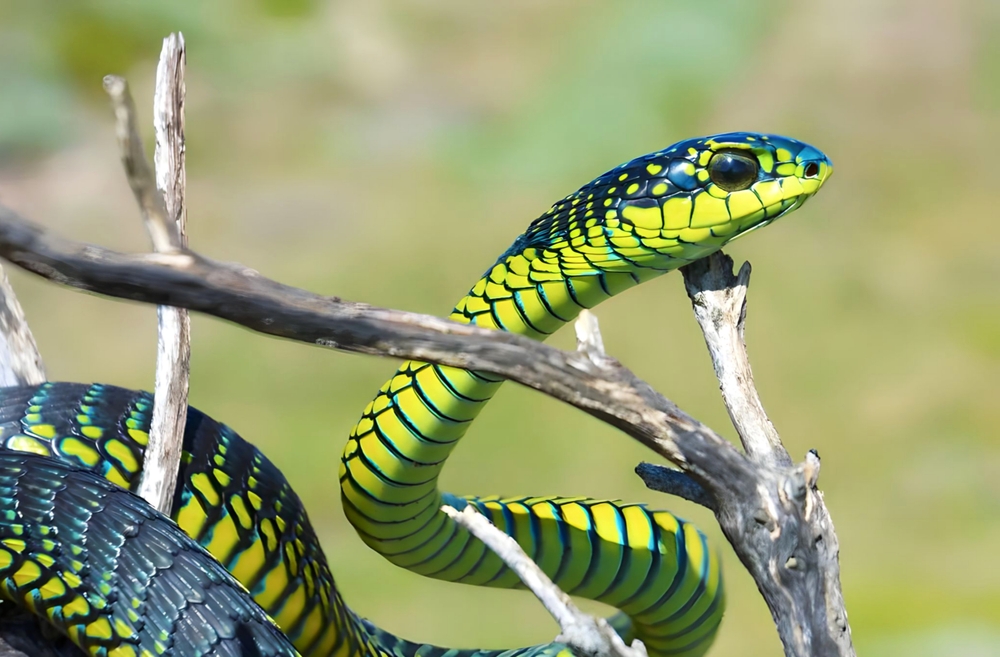
The boomslang is a highly venomous snake found in trees and shrubs across sub-Saharan Africa. Its green or brown coloration allows it to blend into foliage, making it nearly invisible to hikers or birdwatchers. Despite its docile nature, the boomslang will strike when provoked, injecting venom that can cause internal bleeding and organ failure. Its ability to hide in plain sight makes it a danger many never see coming.
15. Fire Ant
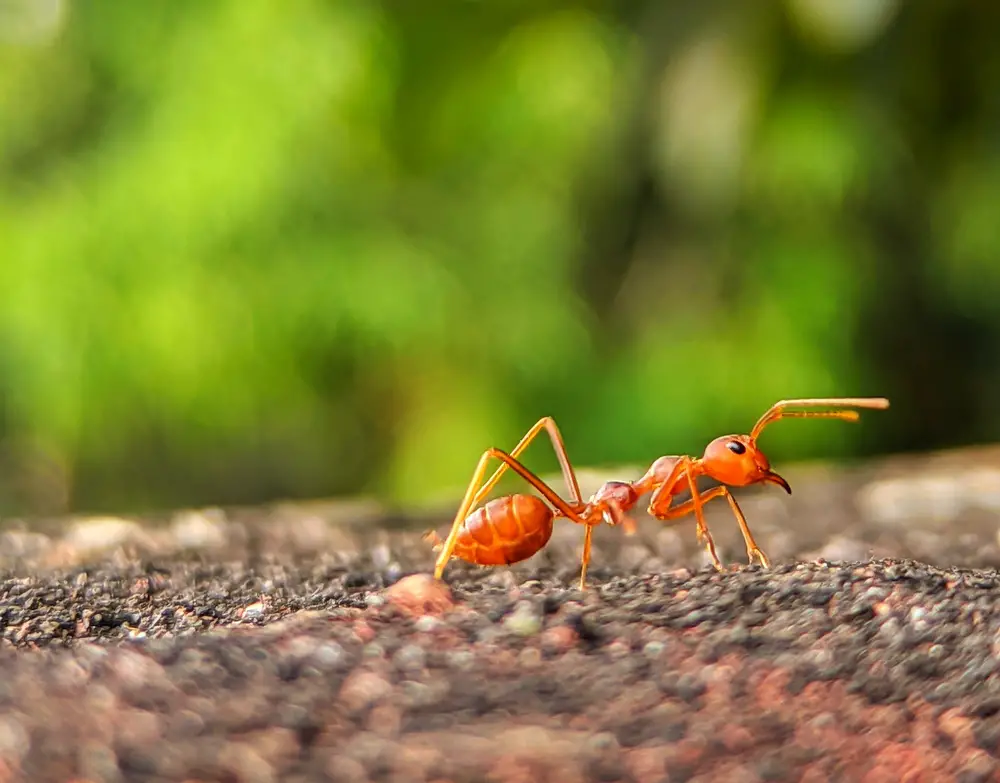
Fire ants are tiny but pack a venomous punch. Found in warm climates worldwide, they build their nests in lawns, gardens, and under sidewalks, making them a common backyard threat. When disturbed, fire ants swarm and sting in unison, injecting venom that causes painful blisters and allergic reactions in some people. Their aggressive nature and proximity to human environments make them a surprising danger lurking just outside your door.
